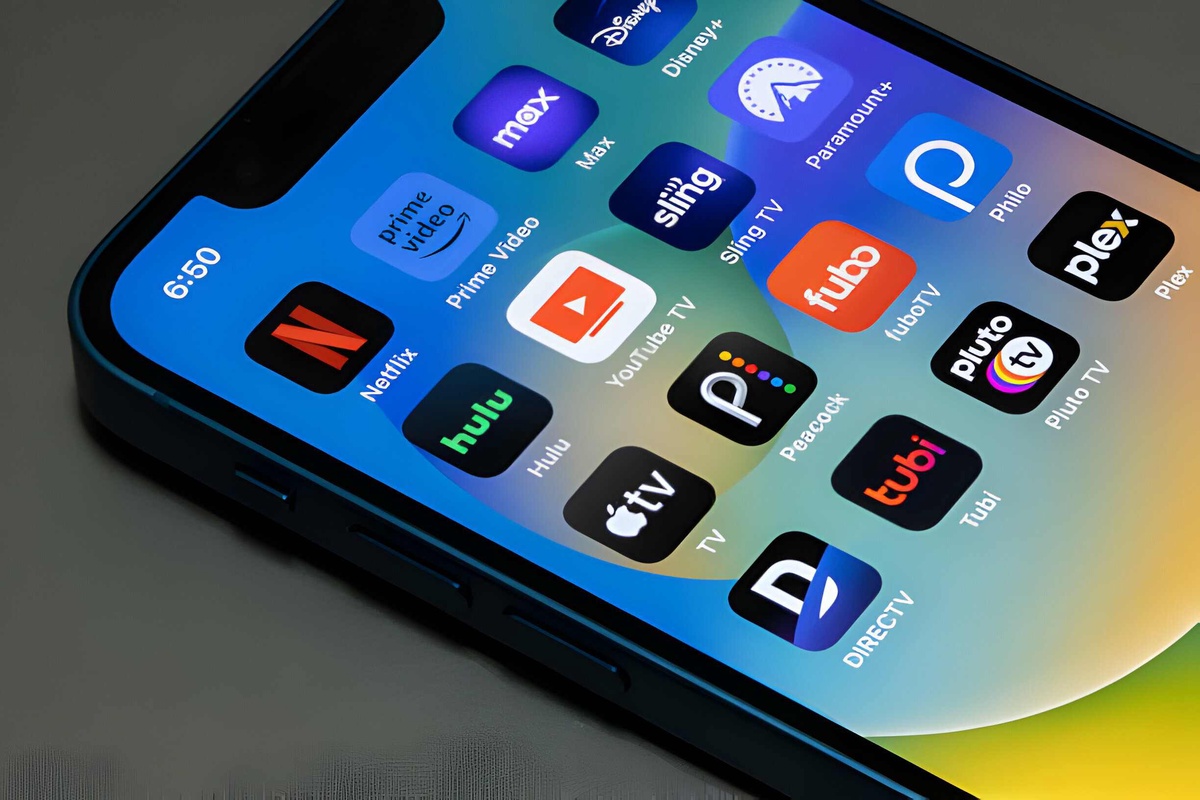In today's digital age, Over-the-Top (OTT) applications have revolutionized the way we consume entertainment content. These apps provide users with access to a plethora of movies, TV shows, music, and more, anytime and anywhere, over the internet.
If you're considering venturing into the realm of OTT Application Development, this comprehensive guide will walk you through the essential steps to build your own OTT app.
Understanding OTT Applications
Before diving into development, it's crucial to grasp the fundamentals of OTT applications. OTT refers to the delivery of content over the Internet without the involvement of traditional broadcast or cable providers.
These applications can be accessed on various devices such as smartphones, tablets, smart TVs, and streaming devices like Roku or Amazon Fire Stick.
Key Features of OTT Apps
Successful OTT apps typically share common features that enhance the user experience. Some essential features to consider during development include:
-
User Authentication: Implement secure user authentication methods such as email sign-up, social media login, or phone number verification to ensure user privacy and security.
-
Content Catalog: Create a vast library of content including movies, TV shows, documentaries, and music across different genres to cater to diverse audience preferences.
-
Search and Recommendations: Incorporate robust search functionality and recommendation algorithms to help users discover relevant content based on their preferences, viewing history, and ratings.
-
Personalized Profiles: This allows users to create personalized profiles with features like watchlists, viewing history, and preferences to provide a tailored content experience.
-
Multiple Device Support: Ensure compatibility across various devices and platforms including iOS, Android, web browsers, smart TVs, and streaming devices for seamless accessibility.
-
Offline Viewing: Enable users to download content for offline viewing, which is especially useful for users with limited internet connectivity or during travel.
-
Monetization Options: Explore monetization strategies such as subscription-based models, ad-supported content, pay-per-view, or in-app purchases to generate revenue from your OTT app.
Development Process
Now, let's break down the development process into key steps:
-
Market Research: Begin by conducting thorough market research to identify target audience demographics, competitors, industry trends, and potential opportunities for differentiation.
-
Platform Selection: Decide on the platforms you want to target (e.g., iOS, Android, web) based on your target audience and market research findings.
-
UI/UX Design: Design an intuitive and visually appealing user interface (UI) with seamless navigation and an engaging user experience (UX) to keep users hooked to your app.
-
Backend Development: Build a robust backend infrastructure to handle user authentication, content management, data storage, and streaming capabilities.
-
Content Licensing: Acquire necessary licenses and agreements to legally distribute copyrighted content on your platform. Ensure compliance with copyright laws and licensing regulations.
-
Integration of Features: Integrate essential features such as user authentication, content catalog, search and recommendations, personalized profiles, and monetization options into your app.
-
Quality Assurance: Conduct rigorous testing across different devices, platforms, and network conditions to identify and fix any bugs, glitches, or performance issues.
-
Deployment and Launch: Once testing is complete, deploy your OTT app to the respective app stores (e.g., Apple App Store, Google Play Store) and promote its launch through effective marketing strategies.
-
Post-launch Support: Continuously monitor user feedback, analyze app performance metrics, and release regular updates with feature enhancements and bug fixes to ensure a seamless user experience.
Scaling and Optimization
After the launch of your OTT app, the journey doesn't end there. To ensure sustained growth and user satisfaction, it's essential to focus on scaling and optimization.
-
Scalability: As your user base grows, your app should be able to handle increasing traffic and demand without compromising performance. Implement scalable architecture and utilize cloud-based solutions to accommodate growing user numbers seamlessly.
-
Performance Optimization: Regularly monitor app performance metrics such as loading times, buffering rates, and playback quality. Optimize content delivery networks (CDNs), server configurations, and caching mechanisms to enhance streaming performance and minimize buffering interruptions.
-
Analytics and Insights: Leverage analytics tools to gather valuable insights into user behavior, content preferences, engagement patterns, and retention rates. Use this data to fine-tune your content strategy, personalize recommendations, and optimize user journeys for maximum retention and monetization.
-
Security Measures: Stay vigilant against potential security threats such as piracy, unauthorized access, and data breaches. Implement robust security measures such as encryption, DRM (Digital Rights Management), and content protection technologies to safeguard copyrighted content and user data.
Conclusion
Building an OTT application requires careful planning, strategic decision-making, and attention to detail. By following this comprehensive guide, you'll be well-equipped to embark on your OTT app development journey and create a compelling platform that captivates users and drives success in the competitive digital landscape.


No comments yet